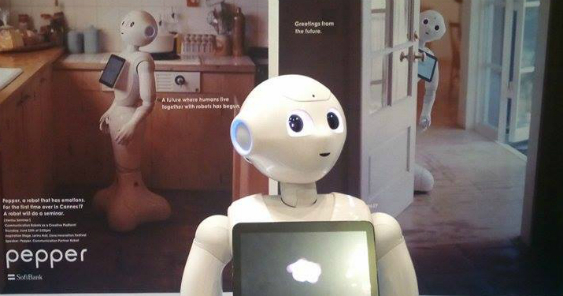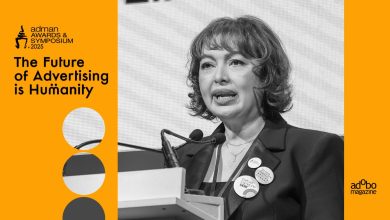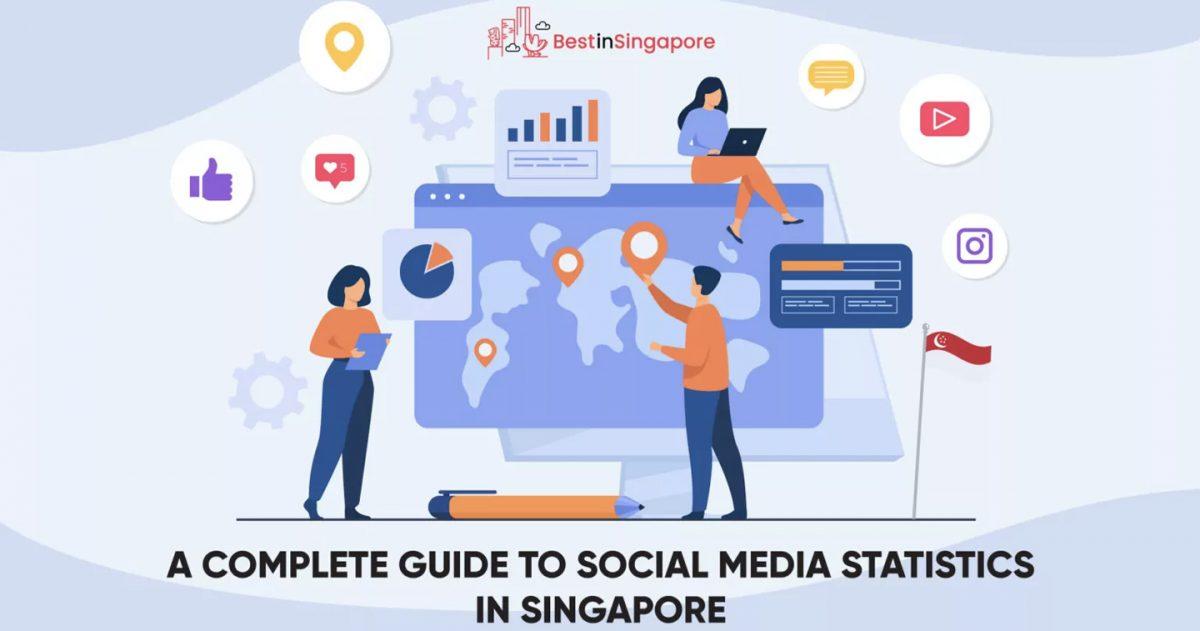The evolution of technology changing the landscape of advertising communications, content is now produced in real-time and information is ingested in large quantities. Technology has provided virtually infinite methods of communication.
With the dawn of this new age, what seemed like an Asimov sci-fi novel is now getting closer to becoming reality. When technological singularity occurs, will creativity come to a full stop? Will humans become obsolete?
ECD of Dentsu, Inc. Tokyo Yasuharu Sasaki presented today at Spikes Asia three robots that prove that technology is only a tool for creativity and utility.
“Technology only makes sense when it makes people happy”, said Sasaki. The first robot he presented was Pepper, an AI robot created for Japanese mobile phone operator Softbank Mobile.
Pepper doesn’t clean or cook – he is designed to be a social robot. He can converse with you, recognize and react to your emotions, move and live autonomously.
Pepper is an intuitive robot that can detect emotions through facial recognition and voice. When he hears you burst into laughter, he knows you are in a good mood. He also detects your sadness when you frown.
The next robot that they presented was Matsuko-Roid based on a Japanese TV host Mastuko Deluxe, designed by Dentsu and robotics expert Professor Ishiguro. Matsuko-Roid was designed to look approximate to the original in the way it looks, talks and it’s facial expressions.
Matsuko-Roid has boosted the celebrity’s popularity. After the episode has aired, the demand for the appearance of both celebrity and celebrity-bot went up.
The robot is a celebrity in its own right, and has appeared in fashion magazine Nylon.

The final robot that Sasaki presented was Motoman-MH24 in the Yasakawa Bushido Project campaign. It illustrates the possibility of what the Yasakawa Electronics’ industrial robot can do.
The robot arm “learned” Kendo from master swordsman Isao Machii, a modern day samurai and the holder of 5 Guinness World Records for slicing stuff, using motion tracking and was pitted against the master in an exhibition of technique.
Dentsu has developed AI that holds potential role in creativity in a technologically advanced future.
“The more technology develops, the more the importance of creativity will increase”, said Sasaki.
Skynet will not happen according to Sasaki. He closed the talk by saying, “As long as we continue to strengthen our creativity for a better future, we will not be taken over by AI.” We have nothing to fear.








